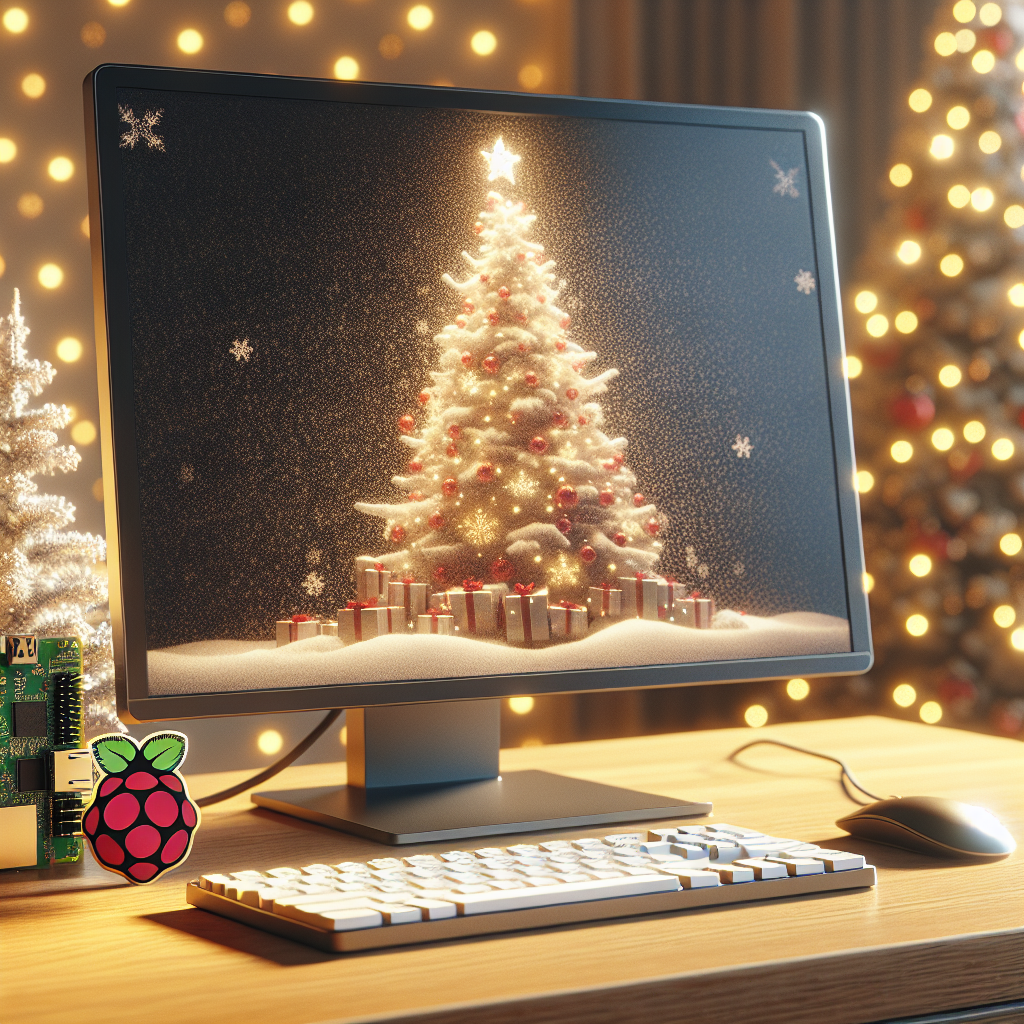
Raspberry Pi 500 and Monitor: A Holiday Release to Watch
The eagerly awaited Raspberry Pi 500 has hit the shelves just in time for the holiday season, complete with a new monitor that has left tech enthusiasts intrigued. The Pi 500 is a step up from its predecessors, offering enhanced performance and usability, while the accompanying monitor adds a touch of novelty to the package. Let’s dive into what makes these new releases stand out from the crowd.
Performance Boost of the Raspberry Pi 500
The Raspberry Pi 500 proudly boasts a significant performance increase over previous models, largely attributed to software optimizations. According to Pi pioneer Eben Upton, enhancements like NUMA work and SDRAM performance tuning have resulted in noticeable speed increases. Users can experience:
- Increased Speed: Subjectively faster than the Pi 5 and vastly improved from the Pi 400.
- Software Tweaks: Upton credits performance gains to software improvements rather than hardware upgrades.
- Enhanced User Experience: With a transition from wayfire to labwc for desktop composition, users enjoy smoother interactions.
Design and Specifications
The Pi 500 adheres to the familiar design introduced by the Pi 400, incorporating a keyboard with a built-in computer. Key features include:
- Improved Build Quality: The device now sports better quality plastics.
- New Color Scheme: The original red base has been replaced with a cleaner white color.
- Updated Port Layout: Includes USB, HDMI, and Ethernet ports along with wireless connectivity options.
- Increased RAM: The model houses 8GB of RAM which justifies the price bump to $90.
A Glance Inside the Pi 500
The inner workings of the Pi 500 house the latest version of the Pi 5, which explains the unit’s boosted price tag. The absence of the Compute Module 5 for greater upgradability, which some experts hoped for, was dismissed by Upton. Aiming to keep costs down, the team deliberately chose a full-custom design.
Puzzling but Promising: The Raspberry Pi Monitor
Alongside the Pi 500, the Raspberry Pi Monitor was launched, signaling a new direction for the brand. Although not revolutionary in its design or features, key characteristics include:
- Resolution and Size: 15.6-inch display with a 1920 x 1080 resolution.
- Sound and Build: Comes with integrated speakers and a robust kickstand inspired by a Lego mockup.
- Power Efficiency: Can be powered directly from a Raspberry Pi USB port.
The Pi Monitor, priced at $100, fills a niche for Raspberry Pi enthusiasts, especially in educational and developing-world computing solutions.
Limitations and Future Prospects
While functional, the monitor lacks certain features like a touchscreen and falls short in some design aspects. However, Upton suggests the primary goal was to offer a quality monitor at an affordable price, staying true to Raspberry Pi’s mission of accessible computing.
Market Availability and Consumer Feedback
The Pi 500 and monitor launch in the US and UK, with more regions to follow in early 2025. This move aligns with a broader strategy to continue proliferating affordable computing solutions globally.
Final Thoughts
In summary, the Raspberry Pi 500 and monitor provide exciting new tools for tech enthusiasts, educators, and hobbyists. While the Pi 500 shines with its performance enhancements, the monitor serves as a complement rather than a showstopper. These releases underscore Raspberry Pi’s commitment to innovation at an accessible price point.
As we await further updates and potential features in the future, the Raspberry Pi continues to captivate and empower individuals worldwide.
Source: https://www.theregister.com/2024/12/09/raspberry_pi_500_monitor/

